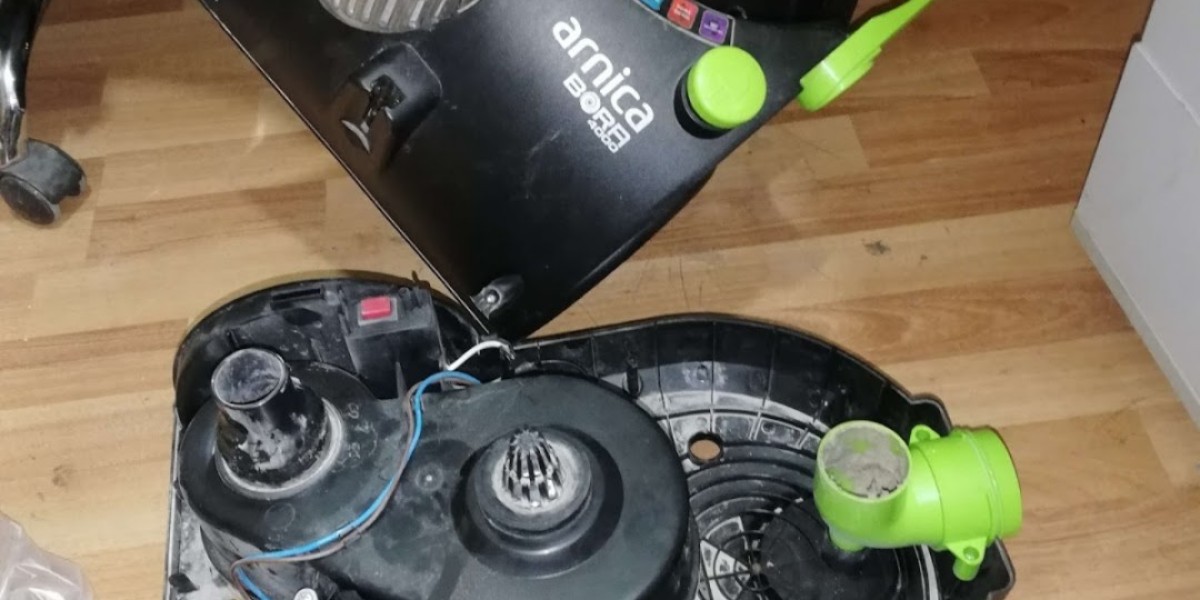When it comes to outdoor faucet repair in Orange County, homeowners often overlook this essential aspect of home maintenance until a problem arises. At Cyclone Plumbing, we understand the importance of keeping your outdoor faucets in optimal condition to prevent water wastage and ensure reliable performance. This guide will walk you through common issues, repair techniques, and maintenance tips, ensuring you have all the information needed to address any faucet-related concerns.
Understanding Common Outdoor Faucet Problems
Outdoor faucets are exposed to various environmental factors, leading to a range of issues. Identifying these problems early can save you time and money.
1. Leaks and Drips
One of the most common issues homeowners face is a leaking or dripping faucet. This can be caused by:
Worn Washers: Over time, washers can degrade, leading to water leakage.
Loose Connections: If the faucet is not tightly connected to the plumbing, it can result in drips.
Corroded Fixtures: Rust and corrosion can weaken the faucet's structure, causing leaks.
2. Frozen Pipes
During colder months, outdoor faucets can be vulnerable to freezing. When water freezes in the pipes, it can expand and cause significant damage. Preventative measures are essential in Orange County's fluctuating temperatures.
3. Clogs and Blockages
Debris, dirt, and mineral buildup can lead to clogs in your outdoor faucet, affecting water flow. Regular cleaning and maintenance can prevent these issues from escalating.
Tools Needed for Outdoor Faucet Repair
Before embarking on any repair work, it's crucial to gather the necessary tools. Here’s a comprehensive list:
Adjustable Wrench: For loosening and tightening faucet components.
Screwdrivers: Both flathead and Phillips for different screws.
Replacement Washers and O-Rings: Always have a few on hand.
Plumber’s Tape: To ensure a watertight seal on threaded connections.
Bucket or Towels: To catch any dripping water during repairs.
Step-by-Step Outdoor Faucet Repair Process
1. Shutting Off Water Supply
Before starting any repair, ensure that the water supply to the faucet is turned off. Locate the shut-off valve, usually found near the faucet or along the main water line. Open the faucet to drain any remaining water.
2. Inspecting the Faucet
Examine the faucet for any visible signs of wear or damage. Check for rust, corrosion, and loose fittings. This step is crucial to identify the specific issue.
3. Replacing Washers and O-Rings
If leaks are due to worn washers or O-rings:
Disassemble the Faucet: Use the adjustable wrench to remove the faucet handle and expose the internal components.
Replace Components: Remove the old washer or O-ring and replace it with a new one. Ensure it fits snugly to prevent future leaks.
Reassemble: Carefully put the faucet back together, ensuring all components are securely fastened.
4. Addressing Clogs
For clogged faucets:
Remove the Aerator: Unscrew the aerator from the faucet's tip.
Clean the Aerator: Soak it in a vinegar solution to dissolve mineral deposits. Rinse thoroughly before reattaching.
Flush the Faucet: Turn the water supply back on and let the water run for a few minutes to clear any remaining debris.
5. Dealing with Frozen Pipes
If you suspect that your outdoor faucet has frozen pipes:
Thaw Gradually: Use a hairdryer on a low setting to gently warm the affected area. Avoid using extreme heat, as this can damage the pipes.
Insulate: Once thawed, insulate the pipes with foam sleeves or heat tape to prevent future freezing.
Preventative Maintenance Tips for Outdoor Faucets
Preventative maintenance is key to avoiding costly repairs. Here are some effective strategies:
1. Seasonal Inspections
Conduct regular inspections before and after winter. Look for signs of wear, leaks, and corrosion, and address them promptly.
2. Winterization Techniques
In colder months, detach hoses and drain the faucet to prevent freezing. Consider installing frost-proof faucets, which are designed to minimize freezing risks.
3. Regular Cleaning
Keep the aerator clean to ensure optimal water flow. A simple vinegar soak can do wonders in maintaining performance.
When to Call a Professional
While many outdoor faucet repairs can be handled by homeowners, there are times when it’s best to consult a professional plumber. If you encounter persistent leaks, significant corrosion, or problems beyond simple repairs, don’t hesitate to contact Cyclone Plumbing. Our team of experts is equipped to handle all your plumbing needs, ensuring a reliable and efficient service.
Conclusion
Maintaining your outdoor faucets is crucial for functionality and water conservation. By understanding common issues, having the right tools, and following our detailed repair steps, you can tackle most problems with confidence. At Cyclone Plumbing, we’re here to support you with expert advice and professional repair services for all your outdoor faucet needs in Orange County. Don’t let a small issue turn into a significant problem—stay proactive and keep your home’s plumbing in top shape.







